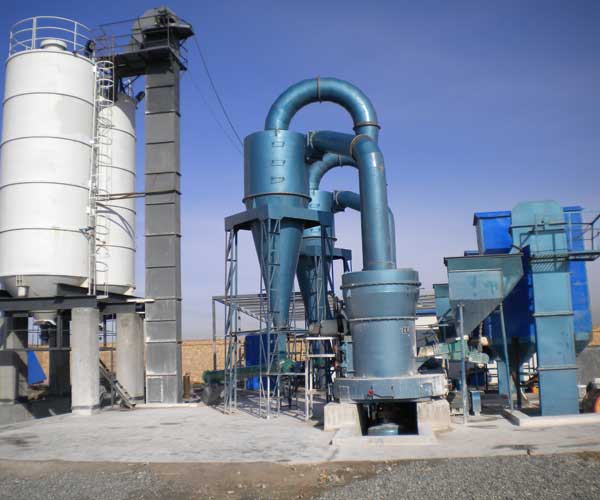
Fly ash is a byproduct of burning pulverized coal in power plants to generate electricity. It consists of small, glassy, spherical particles that are collected from the combustion gases by electrostatic precipitators or other methods. Fly ash is primarily composed of oxides of silicon (SiO2), aluminum (Al2O3), and iron (Fe2O3), with small amounts of other elements.
24 Online Service
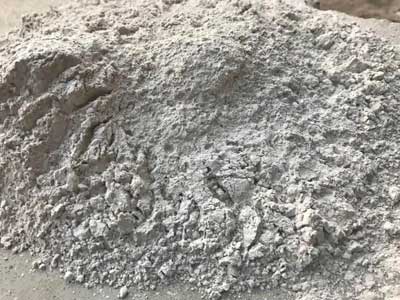
Fly ash is commonly used as a supplementary cementitious material in concrete due to its pozzolanic properties. When added to concrete, fly ash reacts with calcium hydroxide to form calcium silicate hydrate (C-S-H) and other cementitious compounds, which improves the strength, durability, and workability of the concrete. Fly ash can also be used as a filler material in the production of building materials, such as bricks, blocks, and wall panels.
Fly ash is considered to be an environmentally friendly material because it reduces the amount of waste that is sent to landfills and reduces the need for materials, such as cement and sand, in construction. However, the use of fly ash can also raise concerns about air pollution and the release of heavy metals, such as arsenic and lead, into the environment. Proper handling and disposal of fly ash are important to minimize these risks.
Fly ash is a fine, powdery residue that is produced during the combustion of coal. It is a by-product of coal-fired power plants and is one of the largest waste streams in the world. Fly ash contains various metals and minerals, including aluminum, iron, calcium, and silica. Although fly ash can be a hazardous waste material, it can also be processed and recycled for use in various applications.
The first step in processing fly ash is to collect it. Most power plants have systems in place to collect and store fly ash. The collected fly ash is then transported to a processing facility, where it is sorted and prepared for use.
The next step in processing fly ash is to separate it into different components. One way to do this is by using an air classifier. An air classifier is a machine that uses air to separate materials based on their size and density. The fly ash is fed into the air classifier, and the machine separates it into different components based on its particle size and density.
Once the fly ash has been separated into different components, it can be further processed for use in various applications. One way to use fly ash is as a construction material. Fly ash can be mixed with cement and water to make a lightweight concrete. This concrete is strong and durable and is used in the construction of buildings, bridges, and roads.
Another way to use fly ash is as a soil amendment. Fly ash is rich in nutrients and minerals that are beneficial to plants. It can be mixed with soil to improve its fertility and structure. This makes it an ideal soil amendment for agricultural and horticultural applications.
Fly ash can also be used as a raw material in the production of various industrial products. For example, it can be used as a filler in plastics and other composite materials. It can also be used as a raw material in the production of glass and ceramics.
In addition to its use as a construction material, soil amendment, and raw material, fly ash can also be used in environmental applications. Fly ash can be used to remove contaminants from wastewater and other industrial effluents. It can also be used to reduce the amount of greenhouse gases released into the atmosphere by coal-fired power plants.
However, it is important to note that fly ash can be a hazardous waste material. Fly ash can contain heavy metals, such as arsenic, cadmium, and lead, that can be harmful to human health and the environment. Therefore, it is important to handle and process fly ash with care.
One way to ensure the safe handling and processing of fly ash is to follow strict regulatory guidelines. The Environmental Protection Agency (EPA) has established guidelines for the safe disposal and use of fly ash. These guidelines outline the procedures that must be followed to ensure that fly ash is handled and processed in a safe and environmentally responsible manner.
In addition to following regulatory guidelines, it is also important to use appropriate personal protective equipment (PPE) when handling fly ash. PPE can include gloves, respirators, and protective clothing. This will help to minimize the risk of exposure to hazardous materials.
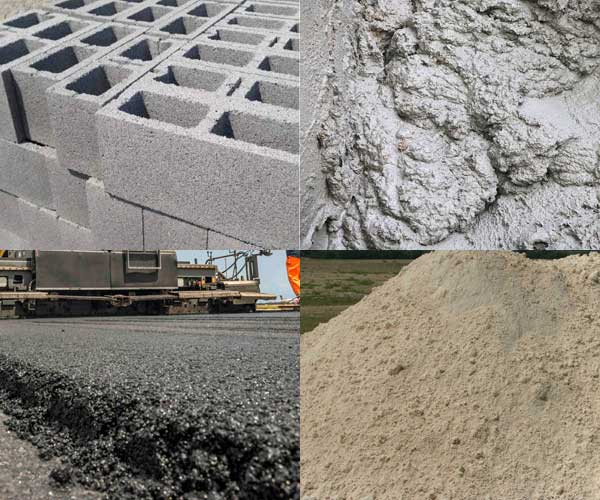
One of the most common uses of fly ash is in the production of cement and concrete. When mixed with Portland cement, fly ash can enhance the strength, workability, and durability of concrete. It can also reduce the amount of water needed for concrete, which reduces the carbon footprint of the building industry. In fact, fly ash is used in about half of all concrete in the United States.
Fly ash can also be used to make bricks and blocks. The high silica and alumina content of fly ash make it an ideal material for use in construction products. Bricks and blocks made with fly ash have superior strength and are more resistant to water absorption than those made with traditional clay. They are also more sustainable since they require less energy to manufacture than traditional bricks.
Fly ash can be used as a stabilizing agent for road construction. When mixed with soil, fly ash can improve the strength and stability of the road bed. This can reduce the amount of soil needed for road construction, making it more sustainable. Fly ash can also be used to create a base layer for roads, which can reduce the cost of construction and improve the longevity of the road.
Fly ash can also be used to stabilize soil in construction projects. When mixed with soil, fly ash can improve its strength and stability, which is particularly useful in areas with poor soil quality. This can reduce the amount of soil needed for construction projects and make them more sustainable.
Fly ash can be used to produce synthetic gypsum, which is used in the manufacturing of drywall. Synthetic gypsum has similar properties to natural gypsum and is a sustainable alternative to the traditional manufacturing process, which involves mining and processing natural gypsum. The use of fly ash in the production of synthetic gypsum can also reduce the amount of waste sent to landfills.
Fly ash can be used as a filler material in the manufacturing of plastics. When mixed with plastic, fly ash can improve the strength and durability of the material. It can also reduce the cost of manufacturing by replacing more expensive filler materials.
Fly ash can be used in the production of ceramic tiles. When mixed with clay and other materials, fly ash can improve the strength and durability of the tiles. It can also reduce the amount of energy needed to manufacture the tiles, making them more sustainable.
Fly ash can also be used to make roofing tiles. When mixed with concrete and other materials, fly ash can improve the strength and durability of the tiles. This can reduce the cost of manufacturing and make the tiles more sustainable.
The first step in processing fly ash is to collect it from the power plant. This can be done either by pneumatic systems or mechanical conveyors. Once the fly ash is collected, it needs to be stored in a silo or storage bin. This is important to prevent the release of fly ash into the environment and to ensure that there is enough fly ash available for processing.
The next step is to process the fly ash. There are several methods that can be used to process fly ash, including:
Regardless of the method used to process fly ash, it is important to ensure that the final product meets the required quality standards. This can be achieved through rigorous testing and quality control measures.
The benefits of processing fly ash are numerous. Firstly, it reduces the amount of fly ash that is sent to landfills, which helps to reduce the environmental impact of coal-fired power plants. Secondly, it creates new products that can be used in construction, which helps to reduce the demand for natural resources. Thirdly, it can help to reduce the carbon footprint of the construction industry, as many of the products made from fly ash have a lower carbon footprint than traditional materials. Finally, it can help to reduce the cost of construction, as fly ash is often cheaper than traditional construction materials.
Fly ash powder machine is a crucial piece of equipment used in the production of high-quality fly ash powder. Fly ash, a byproduct of coal combustion in thermal power plants, is a valuable resource for construction and manufacturing industries. The machine is used to pulverize the fly ash into a fine powder that can be used in a variety of applications, including the manufacture of cement, bricks, and concrete.
The use of fly ash powder in construction and manufacturing has gained popularity in recent years due to its many benefits. The powder is cost-effective, environmentally friendly, and improves the strength and durability of the final product. The production of fly ash powder requires a high degree of precision and accuracy, which can only be achieved with the use of a fly ash powder machine.
There are several types of fly ash powder machines available in the market, each with its unique features and advantages. The most common type of machine is the Raymond mill, which uses a rotating roller and grinding ring to pulverize the fly ash. Other machines include ball mills, vertical mills, and ultrafine mills.
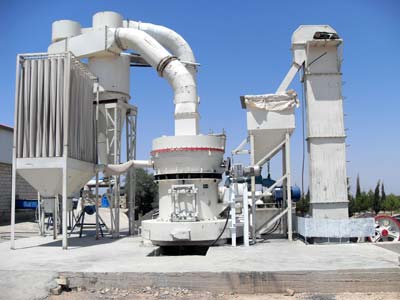
The Raymond mill is the most popular fly ash powder machine due to its simplicity, reliability, and low maintenance requirements. It is ideal for pulverizing fly ash with a moisture content of less than 6%, making it suitable for most applications. The machine has a high production capacity, making it an excellent choice for large-scale production.
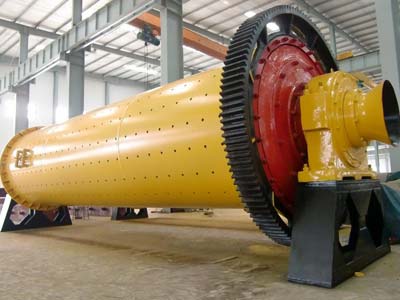
The ball mill is another popular machine used in the production of fly ash powder. It uses steel balls to pulverize the fly ash, producing a fine powder that can be used in various applications. The machine is energy efficient and can grind the fly ash to a high degree of fineness. However, it is not suitable for fly ash with a high moisture content, and it requires a high level of maintenance.
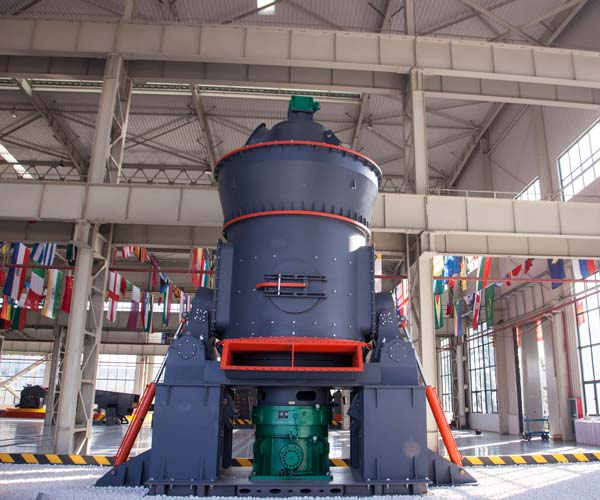
The vertical mill is another type of fly ash powder machine that is gaining popularity in recent years. It uses a grinding roller and a grinding disc to pulverize the fly ash, producing a fine powder that is suitable for a wide range of applications. The machine has a high grinding efficiency and a low noise level, making it an ideal choice for indoor use.
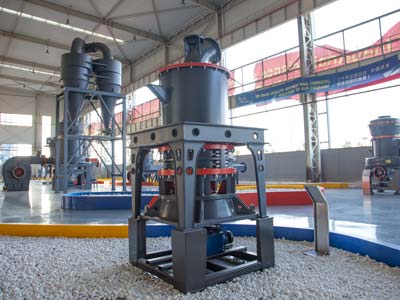
The ultrafine mill is the most advanced type of fly ash powder machine, capable of producing a powder with a particle size of less than 5 microns. The machine uses a high-speed rotor to pulverize the fly ash, producing a fine powder that is suitable for high-end applications such as the manufacture of advanced ceramics and electronics.
The production of fly ash powder is a complex process that requires specialized equipment and expertise. The fly ash powder machine is a crucial piece of equipment that plays a vital role in the production of high-quality fly ash powder. It is essential to choose the right type of machine for the specific application to ensure the best results.
Concrete is one of the most widely used construction materials in the world. It is a durable and cost-effective material that can be easily molded into any shape or size, making it ideal for a wide range of applications, from building foundations to bridges and highways. One of the most important components of concrete is cement, which binds the aggregate materials together to create a solid, sturdy structure. However, cement production is one of the largest sources of carbon dioxide emissions, contributing to climate change. To reduce the carbon footprint of concrete, engineers and scientists have been exploring alternative materials that can replace some of the cement content without compromising the strength and durability of the concrete. One such material is fly ash.
Fly ash is typically used as a partial replacement for cement in concrete. Depending on the specific application, the amount of fly ash used can vary from as little as 10% to as much as 50% of the total cementitious material in the concrete mix.
To use fly ash in concrete, it must first be processed and prepared. Fly ash is typically stored in silos or other storage containers at the power plant. When it is ready to be used, the fly ash is transported to a concrete production facility, where it is mixed with other ingredients to create a concrete mix.
The specific process for incorporating fly ash into the concrete mix can vary depending on the equipment used and the specific application. In some cases, the fly ash may be added to the mix at the concrete plant, while in other cases it may be added on-site during the construction process.
One of the key considerations when using fly ash in concrete is the effect it can have on the properties of the concrete. Because fly ash is a finely divided material, it can have an impact on the workability and setting time of the concrete. Engineers must carefully balance the amount of fly ash used with other ingredients in the concrete mix to ensure that the final product meets the required specifications for strength, durability, and other performance
Our Projects
Copyright © ZENITH, All Right Reserved.
